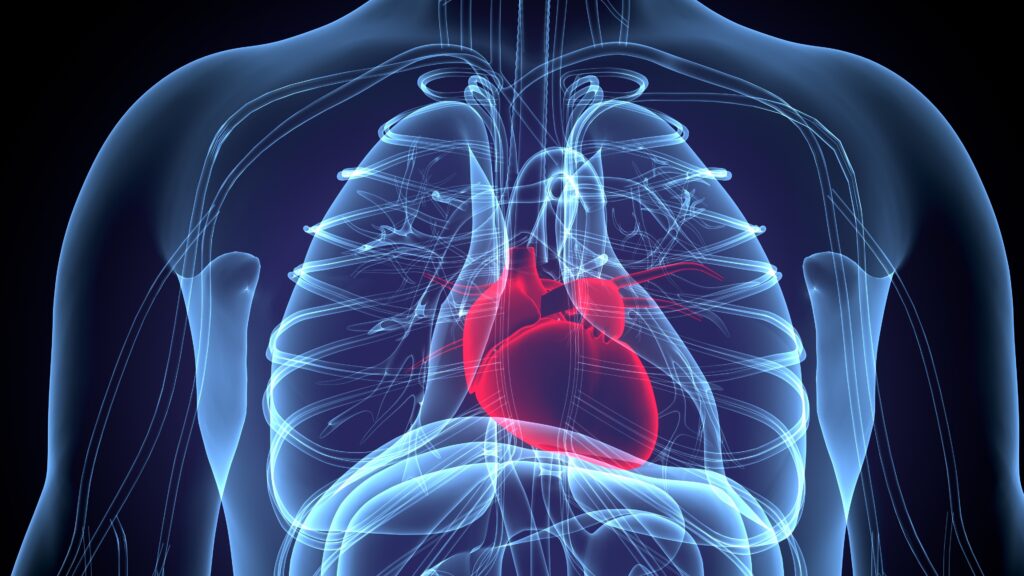Introduction: Cardiac implantable electronic device (CIED) infection is a major complication resulting in significant morbidity. The Prevention of Arrhythmia Device Infection Trial (PADIT) identified 5 independent risk predictors of device infection: prior procedures, age, depressed renal function, immunocompromise and procedure type, and developed a novel infection risk score ranging from 0 to 15 classifying patients into low (0 to 4), intermediate (5 to 6) and high (7 or greater). The aim of our study was to apply the PADIT score to our patient cohort and compare PADIT score with outcomes at our DGH and determine if implementation could have highlighted risk.
Methods: This was a retrospective study of medical records for patients treated at our DGH who underwent cardiac implantable electronic device insertion between 1 Jun 2020 and 31 Dec 2020. Demographics, patient characteristics, device details, device infection risk factors, complications and outcomes were analysed. The PADIT score was calculated for all patients.
Results: Over the six-month period 248 patients underwent device implantation for either urgent or elective procedure (97 vs 151). The average age was 77 years with a male predominance. The percentage who underwent each type of device implantation or generator change was: 71% pacemaker, 10% ICD, 10% CRT, and 8% device revision or upgrade. The average PADIT score of the patients was 2.1; 205 patients (83%) had a low PADIT score, 26 patients (10%) an intermediate score and 17 patients (7%) a high score. Of the 248 patients, 5 developed symptoms of possible device infection. 3 were patients who had wound site inflammation, without any system symptoms, which was treated as possible superficial infection and resolved with a course of oral antibiotics. 2 had deep infection that required device explantation and prolonged hospital admission. The average PADIT score of these patients was 5.0, although the scores ranged from 0 to 9. Three of these patients were identified as high risk, which included both of those who developed deep infection.
Conclusion: Our results demonstrate that use of the PADIT score in our DGH would have identified the 2 patients who developed deep device infection. Identification of these patients as high risk would enable consideration of further preventative measures and may help reduce the morbidity associated with device infection and enable joint decision-making with our patients. The cost of additional interventions, antibiotics or specialist device pouches in these high-risk patients’ needs to be weighed against the reduction in hospitalization, re-admission and health-related quality of life. In our cohort, only a small number of patients were identified as high risk and so suggests the economic benefit of additional measure may prevail.














